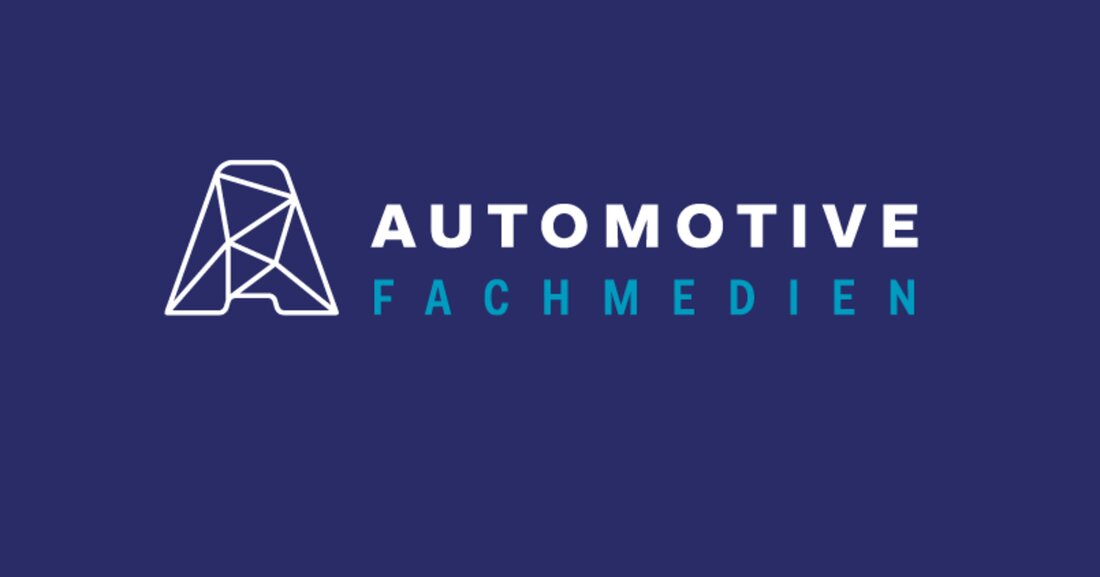Stop the consumption scam
At the “Engine and Environment” conference, AVL List presented a new measuring device that precisely records the emissions of a car while driving. From 2017, the new measurement method will be mandatory for all manufacturers - then there will be an end to unrealistic consumption and emissions values.

Stop the consumption scam
After German environmental official Oliver Eberhardt's presentation about car manufacturers' embellished consumption figures, "motor pope" Hans-Peter Lenz, who led the discussions as chairman, smugly blasphemed into the microphone: "If premium sedans in the brochure only need three liters, but in reality ten liters per 100 kilometers, then that is a disgrace for our entire industry!" There was no objection from the auditorium of the AVL “Engine and Environment” conference, in which numerous international engine experts were sitting, because the dilemma is well known. According to a study by the International Council of Clean Transportation (ICCT), the deviations in real consumption from the specified standard consumption are on average 25 percent; for some models the discrepancy is much larger. A fact that also annoys many new car buyers when they have to refuel significantly more often than they were promised.
The dieselization of the fleet
It is therefore high time that the New European NEDC driving cycle, according to which standard consumption is currently determined, is replaced by a more realistic method. This is already being prepared and is called WLTP (Worldwide Harmonized Light Vehicles Test Procedures) and is scheduled to be introduced in 2017. At the same time, there is RDE (Real Driving Emissions) legislation, which requires that the consumption values recorded on the test bench be supplemented by exhaust gas measurements while driving. Oliver Eberhardt from the German Environment Ministry presented the roadmap in his presentation: The first RDE package with the new emission limits will be presented in November of this year, the coordination will take place at the beginning of 2015, and the introduction is scheduled for September 2017. “The previous measures taken by car manufacturers to reduce emissions were not in vain; the air has gotten better since the 1990s, despite the significantly higher number of vehicles,” said Eberhardt. But nitrogen oxides in particular are still significantly above the limit values, for which Eberhardt blames the “dieselization” of the vehicle fleet. “In Germany the share of diesel is already over 50 percent and the trend is rising,” states the environmental official.
On-board exhaust measurement
A light gray plastic backpack, placed on the trailer hitch and connected to the exhaust via a hose, adorned the AVL demo vehicle in the entrance area of the Helmut List Hall. AVL project manager Manfred Kogler explained what the RDE measuring device developed by the Graz-based company called AVL M.O.V.E. PEMS iS delivers. "We use it to measure all gaseous components during driving, including CO, CO2, NO, NO2, NOX. An additional package for measuring the number of particles is about to start series production, and another additional package for measuring the particle mass is currently being developed." The measuring device, which weighs just 50 kilograms, works with its own on-board battery in stand-alone operation and therefore does not influence the measurement results, as was the case with larger and heavier devices from older generations. “The compact measuring system is practically unrivaled, and several OEMs have already purchased it for their development departments,” says Manfred Kogler happily.
Increasing diesel complexity
In view of the upcoming stricter measurement methods, engine manufacturers are now trying hard to get the nitrogen oxide and particle emissions from diesel engines under control. For example, Stefan Möhn, head of development for the V6 TDI engine at Audi, gave an overview of the current strategies. Accordingly, the developers are currently working on further reducing friction in the engine, relying on variable oil pressure pumps and more efficient turbochargers and optimizing thermal management, among other things with separate cooling of the cylinder head and engine block. Lightweight construction, downspeeding the engine speed using the dual clutch transmission and the electrification of the drive train should also contribute to a reduction in diesel emissions. However, improvements in the single-digit percentage range come at the cost of a gigantic amount of effort in sensors and control electronics. “Ten years ago, diesel control units still had around 6,000 control parameters, today there are over 54,000,” says Möhn. Nevertheless, experts agreed that the combustion engine will remain the dominant drive in private transport for many years to come.

 Suche
Suche
 Mein Konto
Mein Konto